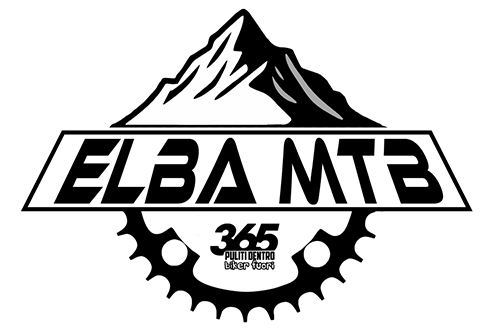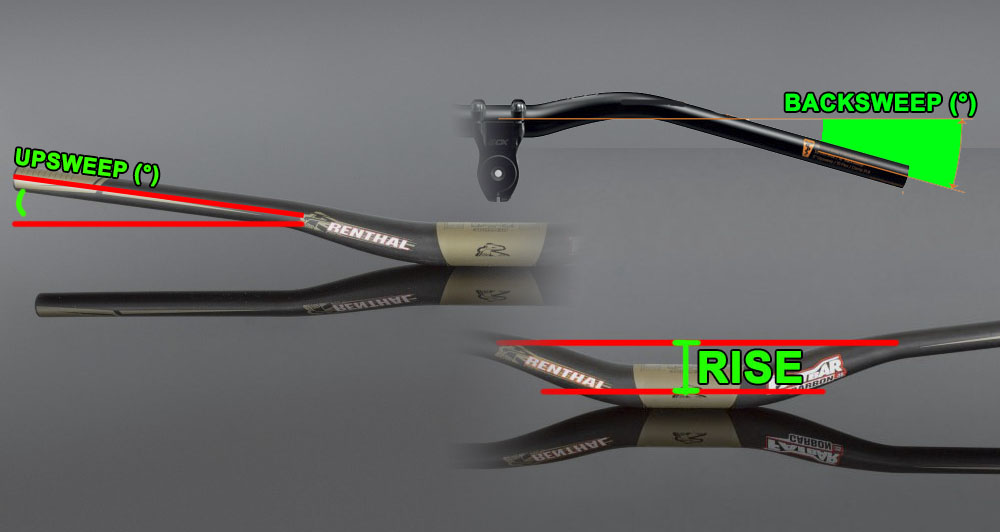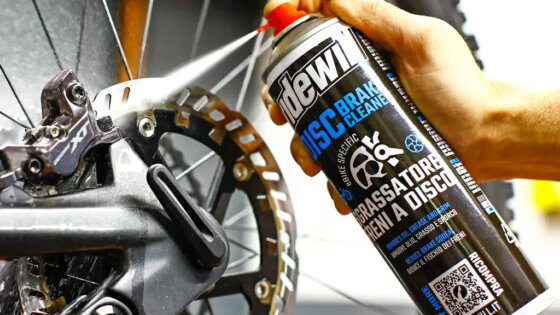As geometric values, we are talking about backsweep, upsweep, rise, diameter and width.
HANDLEBAR WIDTH
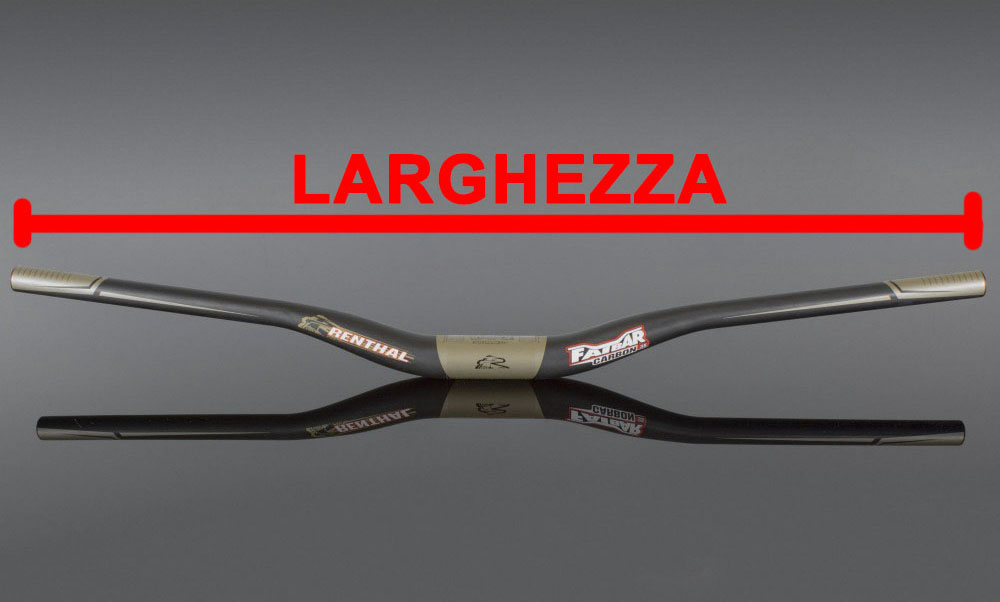
Width is the end-to-end measurement of the handlebar. As a rule, the more the use goes downhill, the more the handlebars widen: starting from 700mm, in one use Cross Country, up to 800mm, for DH use. Personally, I use a 760mm size on my Enduro bikes and 740mm on XC/Trail models. These differences, to a lesser extent, are also the result of the fact that, in downhill racing, shorter handlebar stems are used which therefore require more leverage to be turned. It can be said that the shorter the stem, the wider the handlebars can be.
The size, in addition to the intended use, must also be chosen based on the width of the shoulders: it is useless to use an 800m handlebar on a petite girl (example). She wouldn't find any benefit from it but, on the contrary, she will be more clumsy in riding, not being able to load the front and having difficulty getting out of the saddle.

What is a wide handlebar for?
The wider the handlebars, the more leverage you have when cornering, with greater stability in fast and bumpy sections. However, it performs less well at low speed, then losing in aerodynamics and pedaling efficiency. If you use the MTB with a more pedal-oriented perspective, you have to look for the right compromise between athletic and downhill performance, which is why sacrificing a few centimeters on the handlebar width can be the ideal choice.
MTB handlebar width: how wide should it be?
WHAT IS THE RISE IN THE HANDLEBAR?
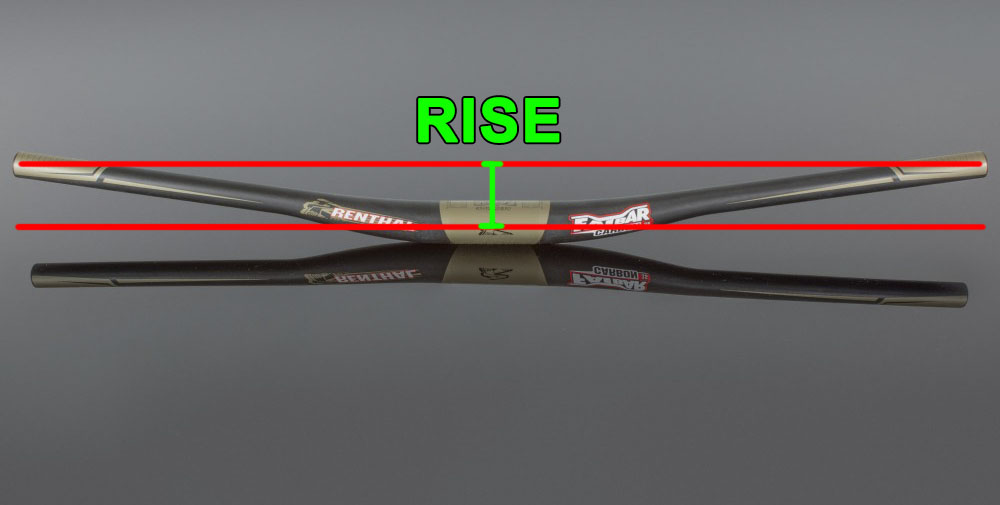
The rise is the rise of the handlebars compared to the stem. In essence, it indicates how much the support surface of the hands is raised compared to the handlebar stem. The more we raise the rise, the more our torso rises. The lower the rise, the lower the torso.
This means that the higher I lift the handlebars off the ground, the more comfortable my position will be on steep downhill sections (great for DOWNHILL) but uncomfortable uphill (bad for the CROSS COUNTRY, given that the bike will tend to wheelie). On the contrary, the closer I get to the ground with low rise, the more my position will load the front (excellent on technical sections on the flat or with little slope) but uncomfortable on the steep ones, given that I risk being too loaded on the front.
These are general feedback, it's up to us to decide based on our sensations and driving style.
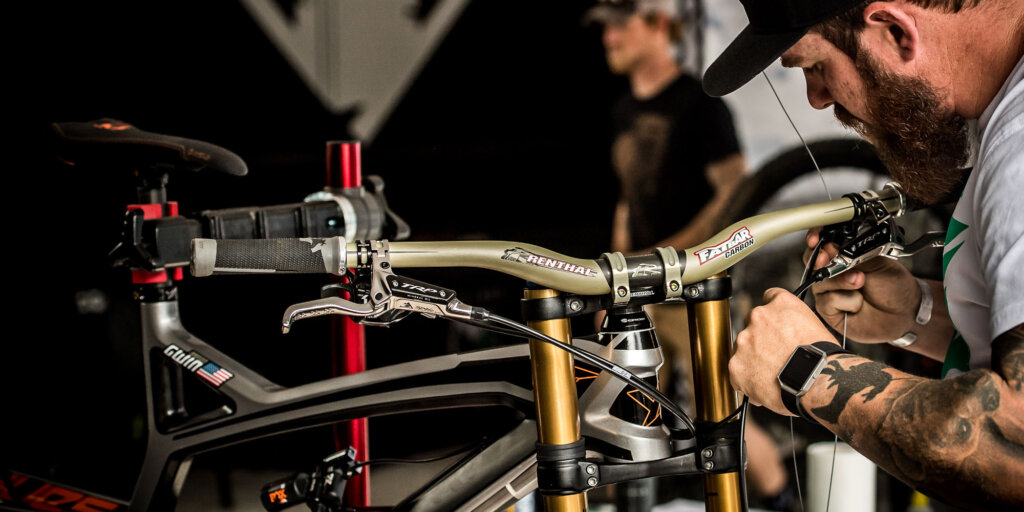
DOES USING DIFFERENT RISES, LEAVING THE HEIGHT UNCHANGED, DO IT CHANGE?
Translating more down to earth: if I use a 40mm rise with 0 thicknesses or a 10mm rise with many thicknesses (keeping the handlebar height from the ground the same), does the riding sensation change? The answer is NO, provided that the backsweep and upsweep values remain unchanged in the 2 configurations (if you don't know the meaning of backsweep and upsweep don't worry, I'll explain it to you in the following paragraphs). I say this because it can happen that, on lower rises, some handlebar geometries change to better adapt to the intended use.

But then why do handlebar brands produce so many rise values when it would be enough to play with the thicknesses? But so many questions 🙂 There may be cases in which you cannot play with the thicknesses: for example you have reached the end of the scale on the head tube (there is no more space upwards or there is no more space downwards). This is why the various values of rise exist. And then, to conclude the reasoning, the Upsweep value (explained in the next paragraph) cannot have values that are too high otherwise the position of the elbows would be distorted (normally this value is around 5°). So this means that brands, to get off the ground, must play on an initial rise (rise) that leads to the desired size.
WHAT IS THE UPSWEEP IN A MTB HANDLEBAR?
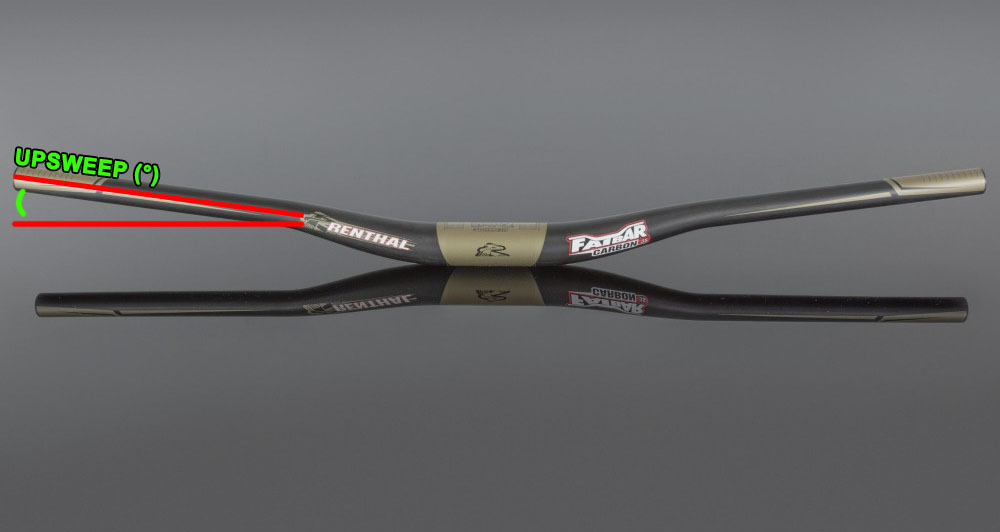
Upsweep is the upward tilt, in degrees, of the handlebar ends. The main task of the upsweep is to help you keep your elbows open and therefore have a correct position on the bike. To make best use of the range of the arms. Here there are not many differences between XC and DH: both worlds call the elbow open and therefore they are subjective choices of the various brands, even if almost everyone has come to standardize on 5°.
WHAT IS THE BACKSWEEP IN A MTB HANDLEBAR?

Backsweep is the retreat (in degrees) from the center of the handlebar to the end. When you grip the knob, your wrist is not perpendicular to your arm, but forms an angle. This is why the handlebar must have a marked backsweep: it serves precisely to naturalize the position of the wrist, making the grip comfortable.
Here the standard is around 7° but there are solutions that vary from 0° (I don't recommend them) to 9°. The upsweep and backsweep measurements are essential for feeling the handlebars comfortable: this is why, in practice, they should not be considered inferior to the rise measurement.
MTB HANDLEBAR DIAMETER

Now there are many models on the market with a 35mm central diameter, even if until a few years ago the standard size was 31,8mm. What advantages? Increasing the diameter of the tube allows you to reduce its thickness and therefore make it work better (greater comfort) while maintaining the resistance unchanged.
FURTHER LINKS



